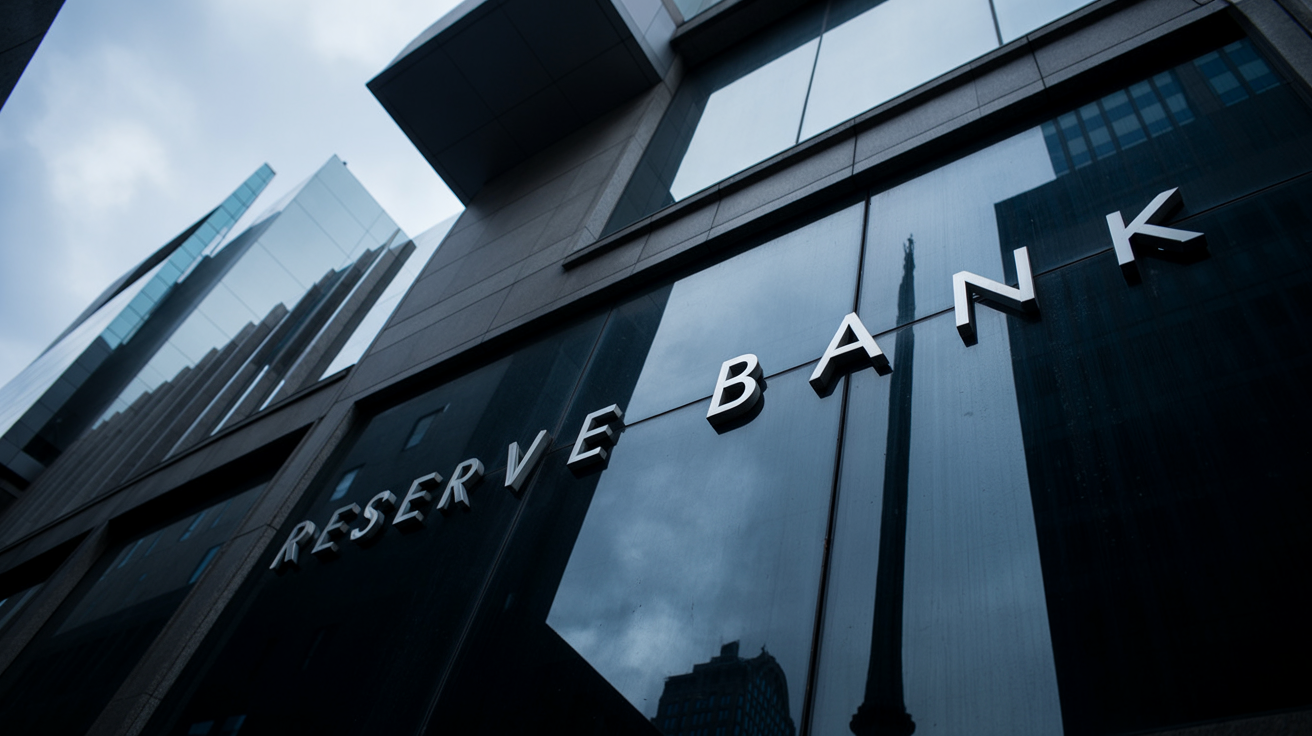Reserve Bank of Australia: Compass for AUD trading
Australia's central bank, the Reserve Bank of Australia, sets monetary policy and has a board of governors that makes decisions on interest rates. These decisions are made at around 11 meetings a year.

Australia’s central bank, the Reserve Bank of Australia, sets monetary policy and has a board of governors that makes decisions on interest rates. These decisions are made at around 11 meetings a year. The main objective of the RBA is to maintain a stable price environment and to contribute to the country’s economic prosperity. It is also responsible for ensuring that the unemployment rate, which is currently at 2.8%, does not get worse.
The Reserve Bank of Australia (RBA) has various tools at its disposal, such as quantitative easing and interest rate hikes, to manage the exchange rate of the Australian Dollar.
It has been widely believed that inflation is a negative factor for the exchange rate of currencies. However, in modern times, the opposite has been the case. The relaxation of cross border capital controls has led to a more stable and predictable exchange rate.
Higher inflation is a key factor that has prompted central banks to increase their interest rates. This has attracted more capital from international investors.
The health of a country’s economy is a key factor that can affect the value of its currency. This is why investors prefer to allocate their capital to countries that are growing and stable rather than experiencing a decline.
The increase in capital inflows can boost the demand for the Australian Dollar. Various economic indicators, such as the manufacturing and service sector PMIs, can also influence the exchange rate of the currency. A strong economy can encourage the RBA to increase its interest rates.
When the need for credit in the economy is not enough to restore its flow, the RBA can use quantitative easing to provide liquidity. This process involves buying assets from financial institutions. The Australian Dollar is then printed by the central bank in order to provide financial institutions with more liquidity.
When the economy is starting to recover and inflation is rising, the RBA uses quantitative tightening as its next step. Unlike in quantitative easing, this process involves the central bank buying corporate and government bonds. However, instead of buying more assets, the RBA stops reinvesting the money it has previously invested in the bonds. This would be a positive sign for the Australian dollar.




